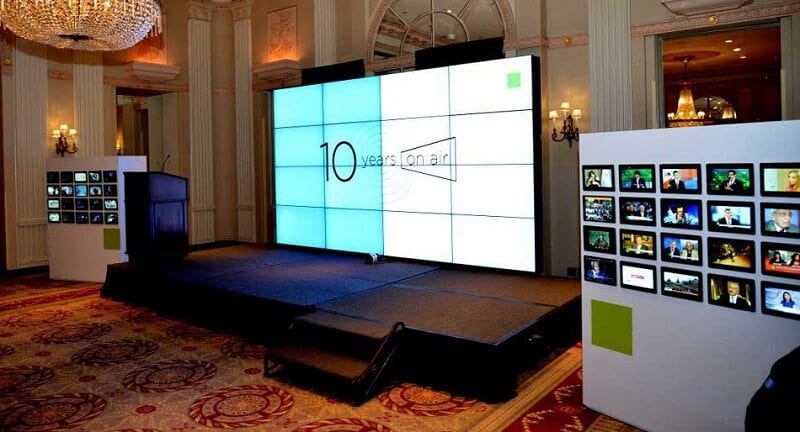Maximizing Visual Impact Through Strategic Content Scheduling in Light Emitting Diode Wall Execution
Wiki Article
Enhancing visual effect throughout light-emitting diode wall performances demands meticulous preparation plus tactical visual timing. Light-emitting diode screens are potent instruments in graphic narration, frequently utilized in musical events, gatherings, plus displays. The efficacy of these screens relies not only only on the quality of the visuals but additionally on how and when they are presented. By understanding the audience's attention span and the flow of the event, organizers can create a more engaging experience that captivates viewers plus improves the total show.
One crucial element of tactical visual timing is timing. It is essential to align the images to the beat and tempo of the show. For example, in the course of a music show, visuals should complement the beat and mood of the music. This synchronization helps to create a cohesive experience that pulls the viewers closer. Additionally, it is crucial to take into account the length of each visual segment. Short, impactful clips can maintain audience interest, while extended images may be appropriate for instances of contemplation or sentimental bonding. By altering the duration and intensity of the images, organizers can keep the audience interested during the show.

Another crucial factor is the content itself. The images shown on the LED wall should be pertinent to the concept of the show. This relevance helps to reinforce the message being communicated plus renders the encounter more unforgettable for the audience. For example, if the performance is about environmental awareness, using images that illustrate the environment and animals can enhance the message. Furthermore, incorporating dynamic elements, such as motion graphics or engaging visuals, can introduce thrill and maintain the audience's focus. The right material, shown at the appropriate moment, can significantly elevate the impact of the performance.
Audience engagement is also a crucial consideration in content timing. Comprehending the characteristics and tastes of the viewers can inform the choice of images. For instance, a youthful crowd may react better to bright hues and quick motion graphics, while an mature crowd might value more subtle and refined visuals. By tailoring the content to the audience's interests, organizers can create a more personalized experience that connects with viewers. Additionally, adding audience participation, such as live polls or social interactions, can further enhance engagement and render the show more engaging.
Finally, assessing the efficacy of the visual timing is crucial for future performances. Gathering feedback from the audience can provide valuable insights into what worked well and what could be improved. This data can assist event planners refine their reference strategies and take knowledgeable decisions for upcoming events. By continuously assessing and modifying the visual timing strategy, event planners can amplify the aesthetic impact of LED screen performances plus craft memorable encounters for their viewers.